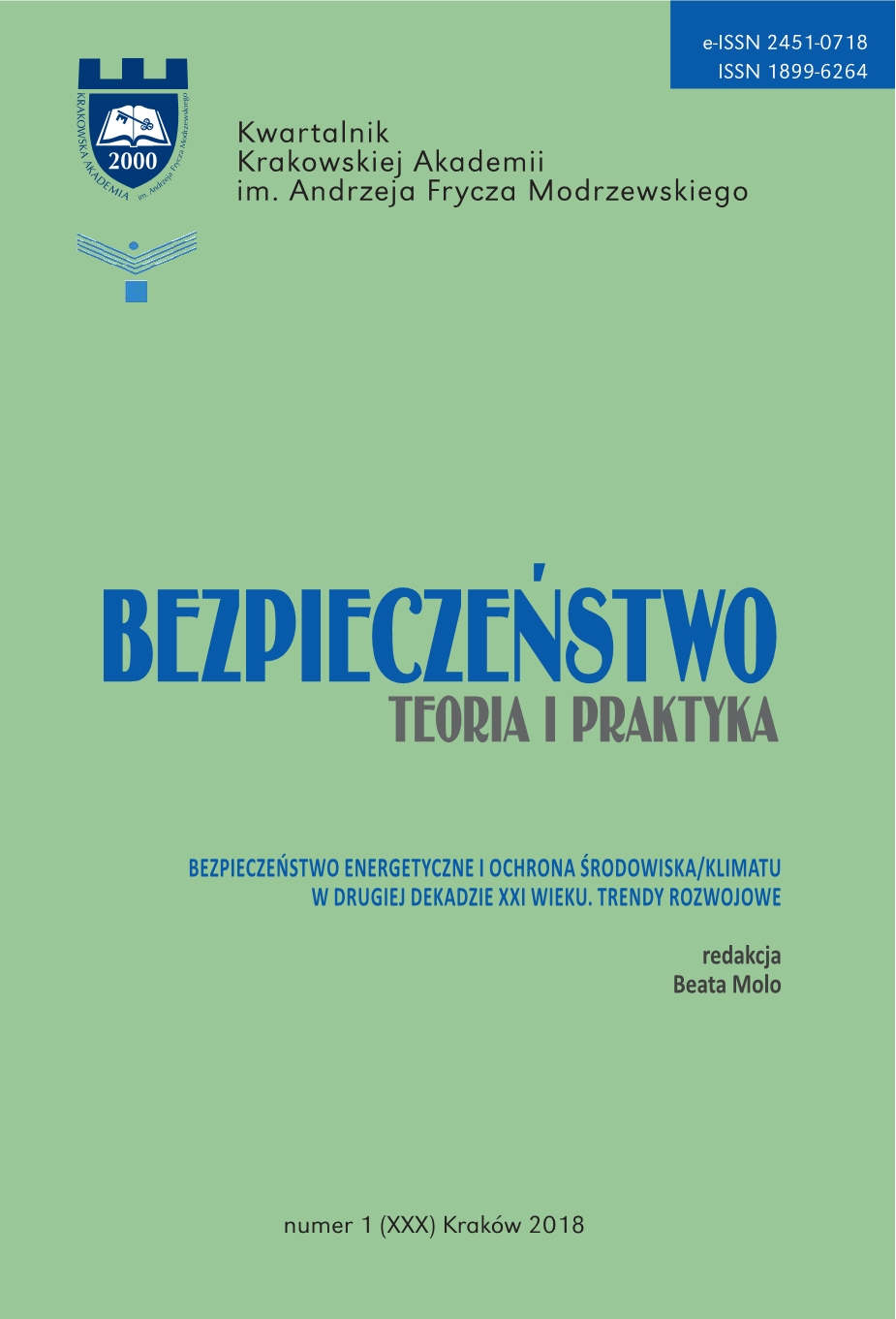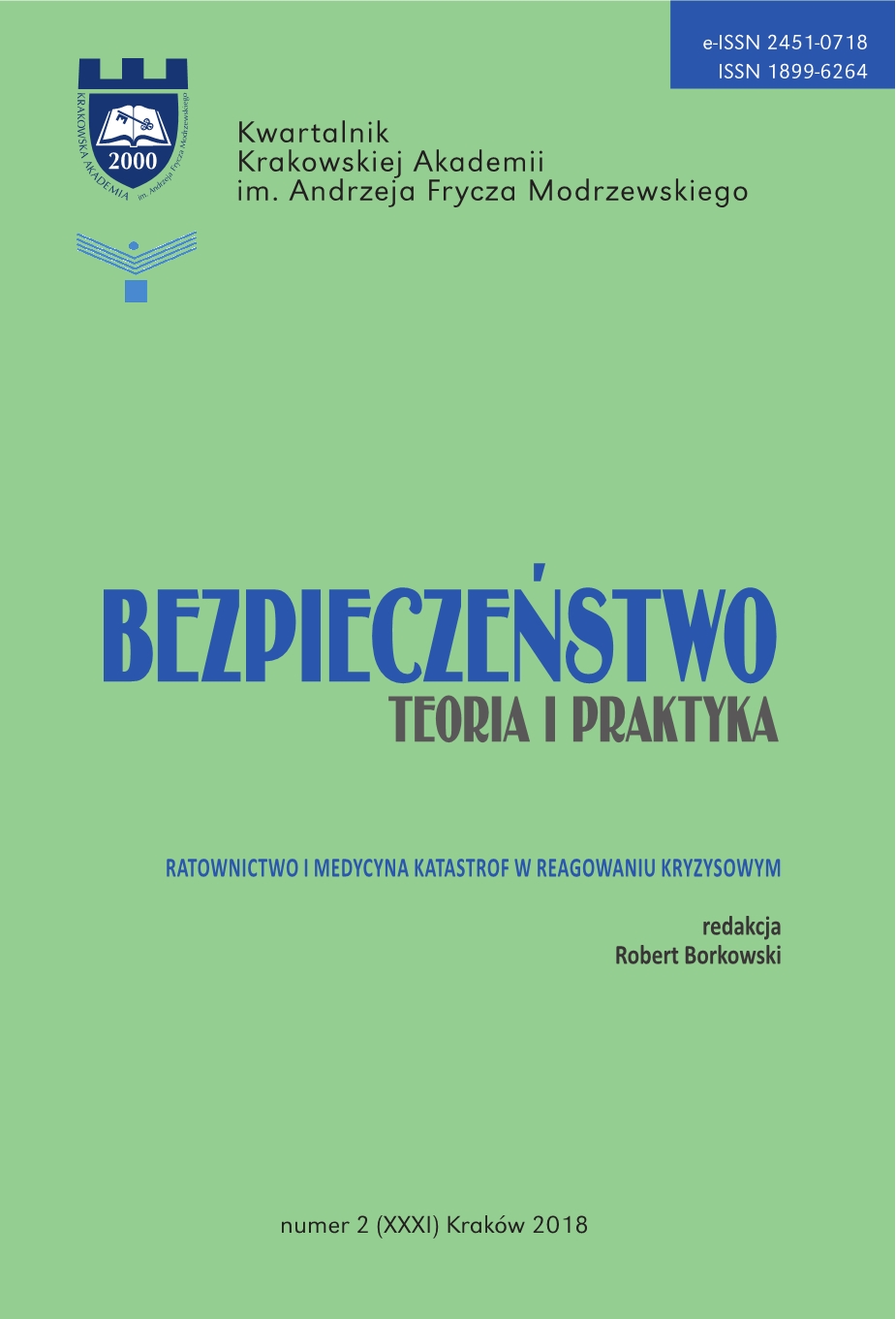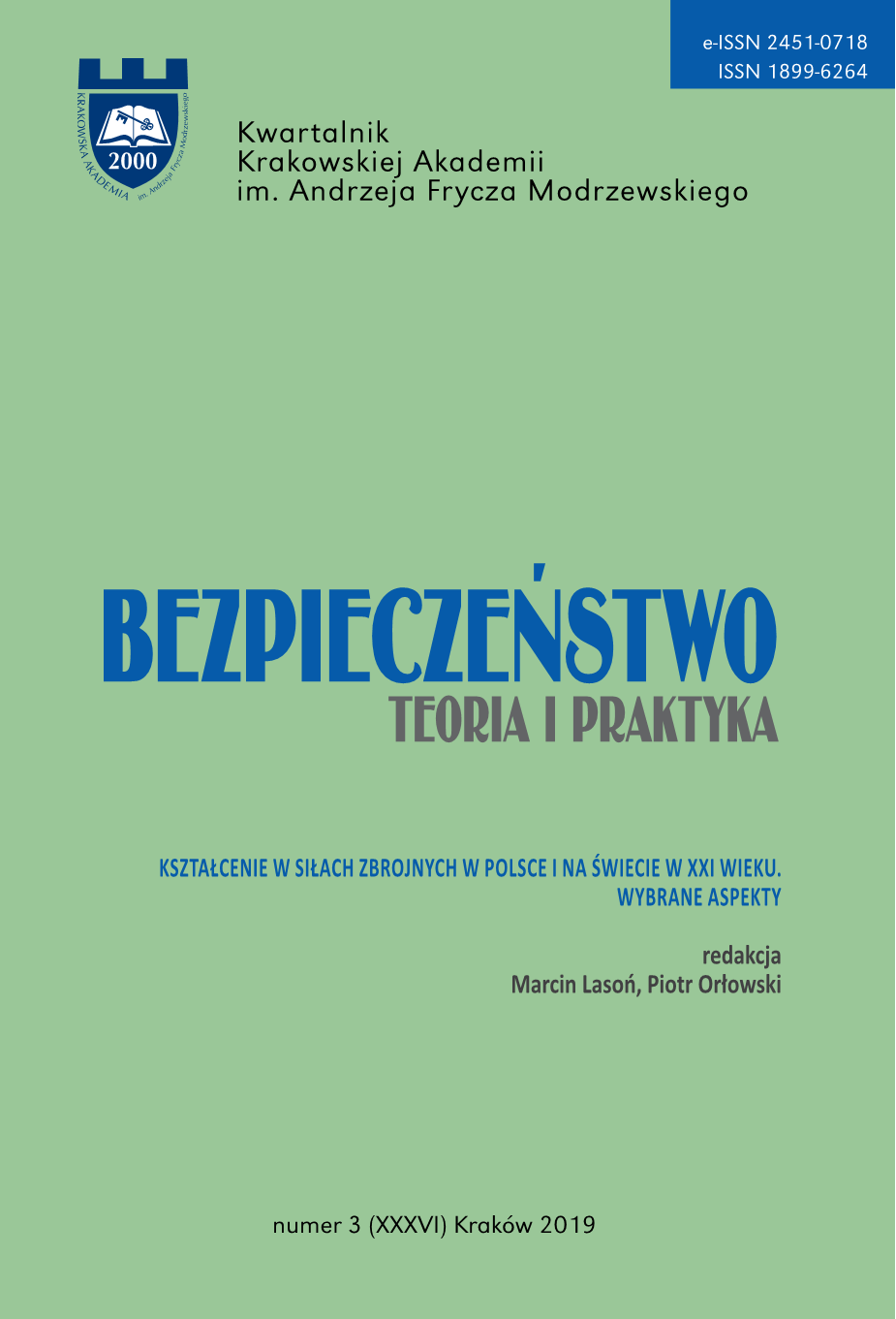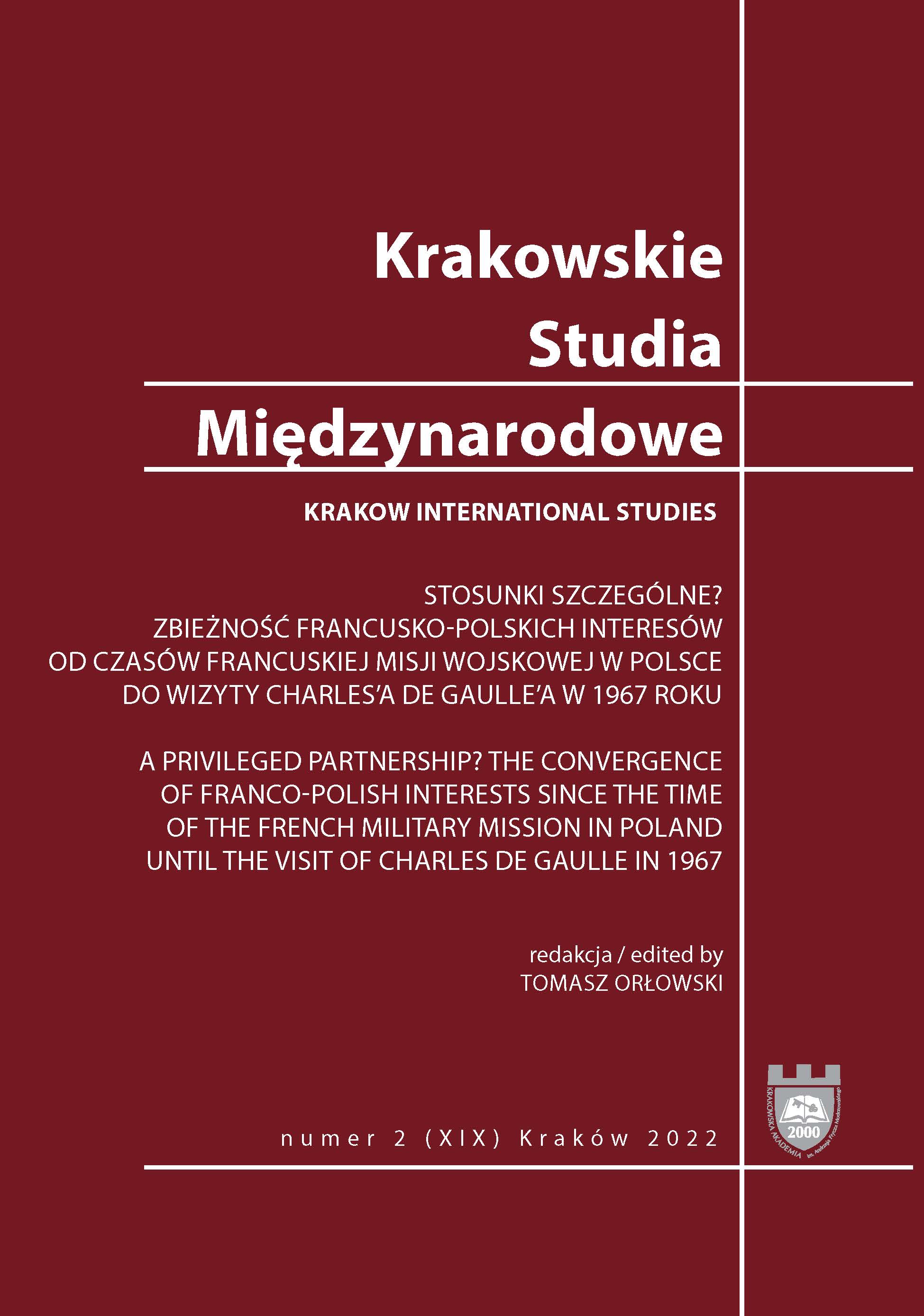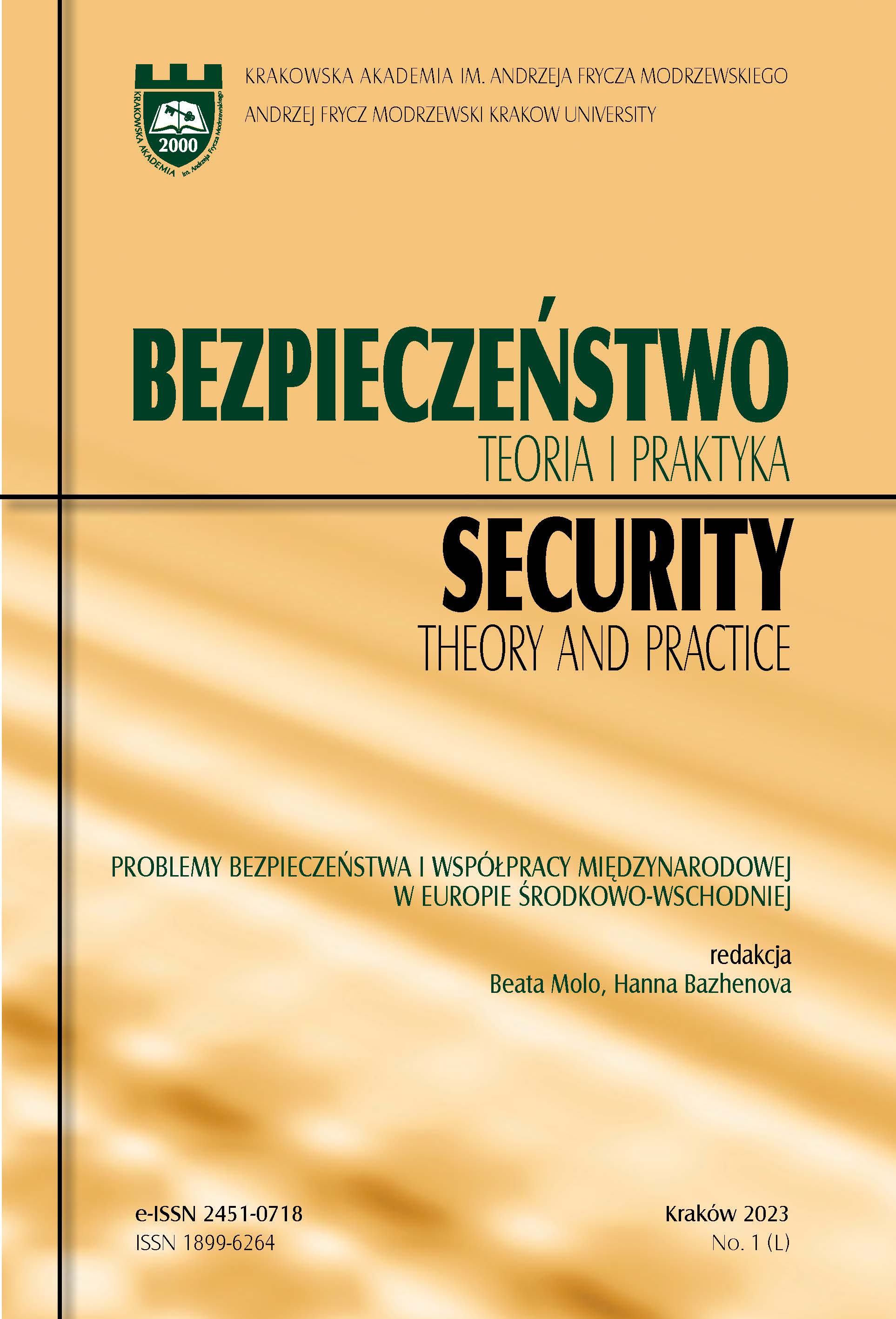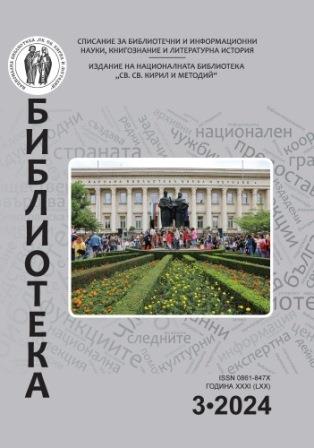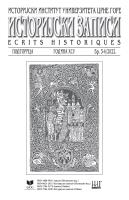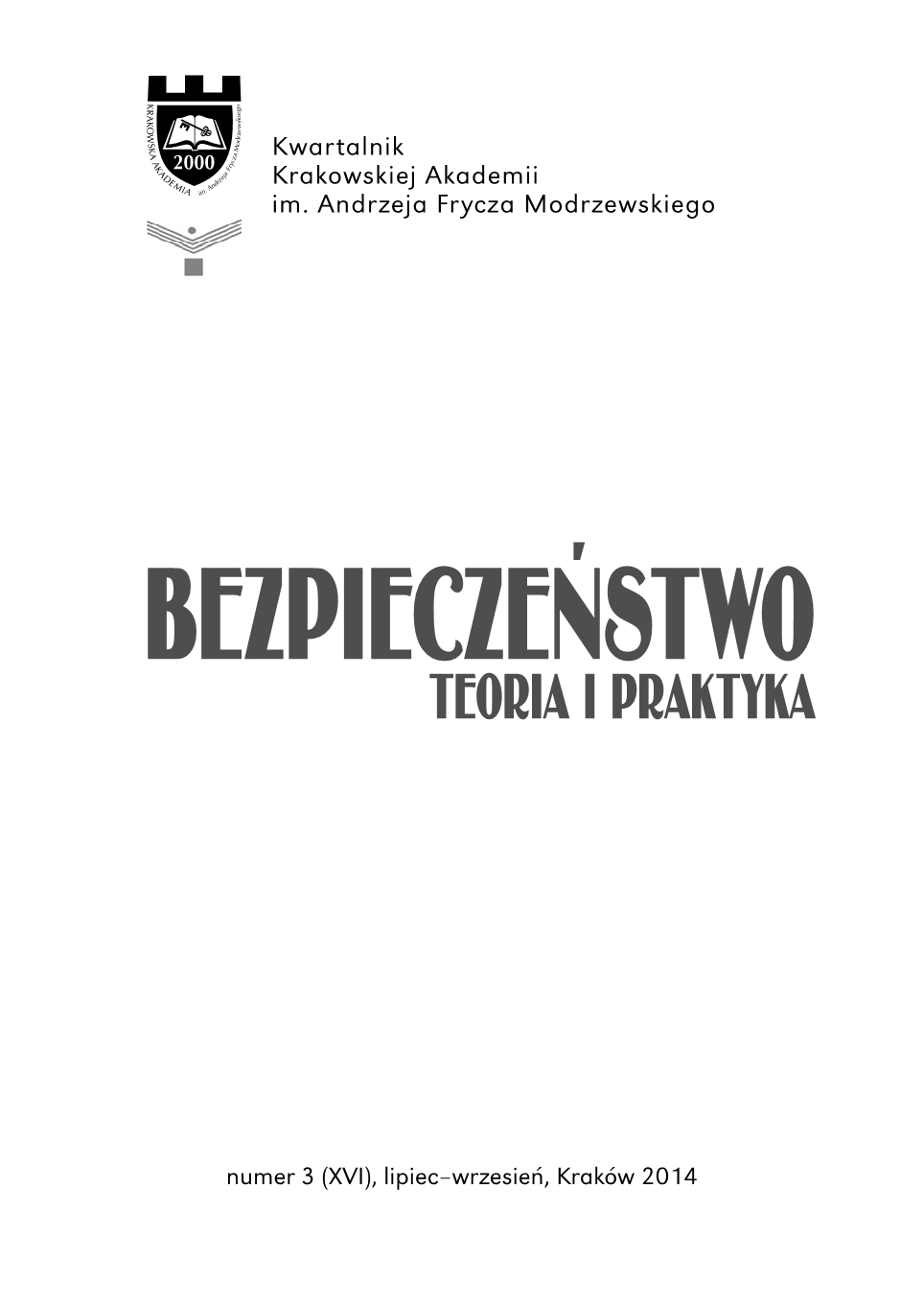
Historyczne, geograficzne i fortyfikacyjne uwarunkowania obszaru Cyrenajki. Charakterystyka i rola twierdzy Tobruk 1940–1941
The article presents an outline of the history of Cyrenajka, from the ancient times until the seventies of the 20th century. The author focuses on the military development of the region as well as on its geographic determinants important for wartime activities. The fundamental part of the article provides a description of the development of the fortification system of the area of Cyrenajka. The author starts the description from the Lebanese-Egyptian borderline presenting the fortresses of Mersa-Matruh and Sidi-Barani, and then moves on to giving a description of the fortress of Bardia and the fortress of Tobruk, constituting the main area of the defense activities in the region of Cyrenajka. The article includes a detailed characterization of the fortress of Tobruk and its division into three (red, blue and green) defensive lines. The article also presents the defense points of the western part of the area of Cyrenajka – the so called desert position – such as the fortresses of Derna, where the huge airport of Martuba was situated, and the desert fortress of El-Mechili. In the summary, the author assesses the military significance of the fortress of Tobruk and the entire area of , for the course of the military actions undertaken during the Second World War as well as the role of the region after 1945.
More...
